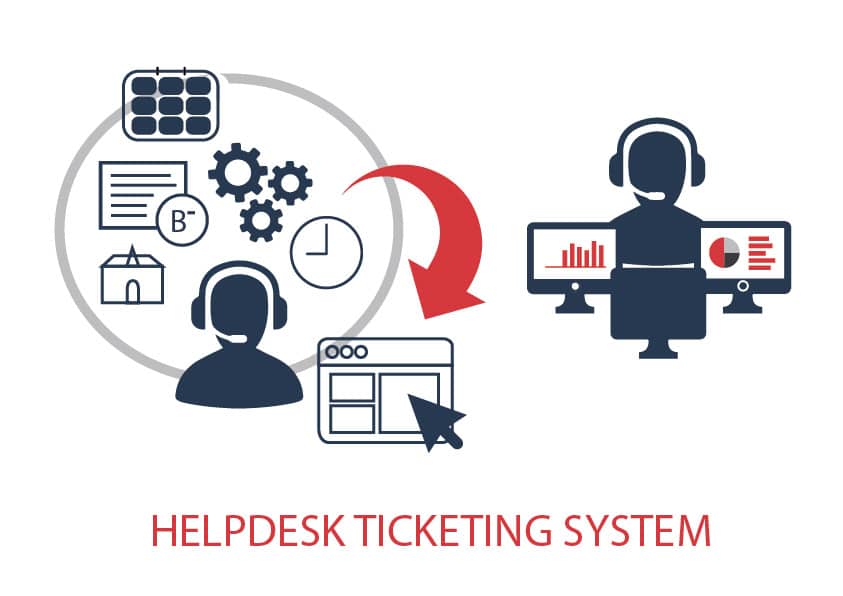IP scanner is a legal accounting obligation. Every company must perform an annual inventory of its assets. Your Chartered accountant or Chief Financial Officer will certainly ask for it. If that situation occurs and you happen to not have any inventory software, it will surely take you quite a long time to comply with their request.
Nowadays, IT infrastructure has become complex as it consists of various asset types such as Physical Servers, Virtual Servers, Desktops, Laptops, Tablets, Monitors, Local Printers, Network devices like Switches, Routers, Copiers, Network Printers, Fixed and Mobile Telephony…etc
As a result, managing the hardware is no longer enough because the cost of the installed licenses on the workstations, the servers is sometimes higher than the value of the hardware itself. Plus, inventorying a license manually is even more tedious and time-consuming than to inventory hardware.

The larger the company, the greater the number of IT assets in use. It is therefore essential to know the constitution of your IT infrastructure, to know where the assets are physically located, to whom they are entrusted (users) but not only that, … It is also necessary to know the administrative data such as the purchase date, the warranty end date, the purchase costs, the residual value, etc.
It is also necessary to be able to identify the hardware components installed on PCs, servers such as Processor, Hard Disk Memory, Motherboard, Serial No., Manufacturer, Model, etc., etc. If you do not have all these information, the completion of an IP scanner inventory will be the opportunity to fill them in.
Security: IT security has become a major issue in companies. One of the objectives of an IP scanner inventory is to verify that the IT infrastructure is uniform, that the versions of the Operative Systems and the installed software are uniform and that the versions are up to date. It is also important to check that unreferenced or unauthorized software are not installed. The IP scanner inventory is an opportunity to see if it is necessary to renew obsolete equipment, improve the general architecture of the network by simplifying it or reorganizing the information circuits.
What are the different methods of carrying out an IT IP scanner
Manual Inventory
This operation is long and tedious.
It consists of manually inventorying the equipment, querying the system parameters in order to recover information such as, System, Applications, Devices, Network, etc.
It will require the presence of inventory clerks on the workstations.
Manual Inventory is a time-consuming operation that will cost a lot of money and may become obsolete in a few months and involve a significant level of error.
It is therefore to be prescribed.
Semi-Automatic IP scanner Inventory or Inventory with Agent
This is the case of an inventory with an agent. A computer program called an agent is installed on each computer to be inventoried. Then, this agent inventories the hardware and software components and sends to the server an analysis file containing the recovered data. Many software use this technology because it works well and can retrieve more information from workstations in relation to a network analysis. The constraint is that you have to install this agent which will sometimes slow down the computer and compete with the other agents installed. Also, there must be a way to transmit the file to the destination directory so that it is processed by the server.
Automatic IP scanner Inventory or network inventory
The automatic IP scanner inventory consists of installing a service (software) that will ping the network, detect all connected IP devices and analyze them. The principle is great because the process is automatic and there is nothing to do. The principle is based on the use of protocols such as WMI for PC and Windows servers, SNMP for network devices, or SSH for Linux or Apple environments. As we live in a world where profits unfortunately have constraints, it is necessary to have well architected networks because we have to have access rights to machines to be scanned.
Semi-Automatic/Automatic Mixed Inventory
For companies that have mobile PCs (Sellers, teleworkers) that are not remotely connected on the network via VPN, an automatic and semi-automatic mixed system must be used by installing an agent that will retrieve the return information by email, FTP, network connection script.




